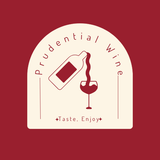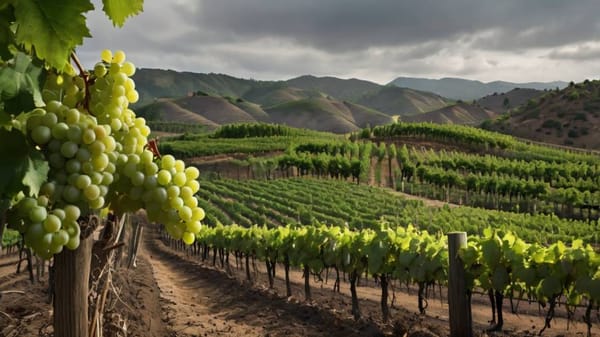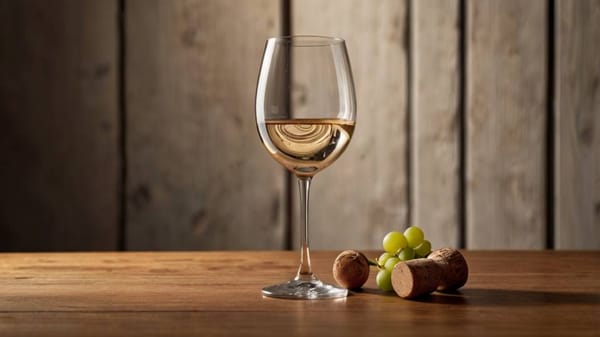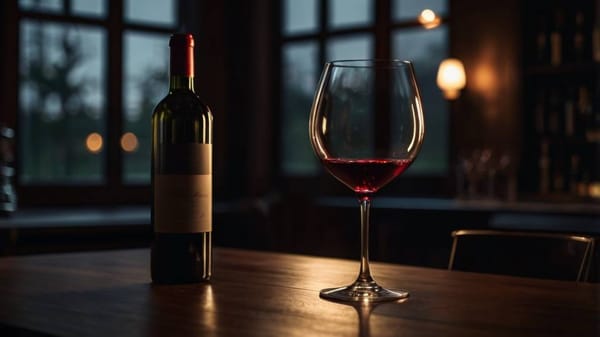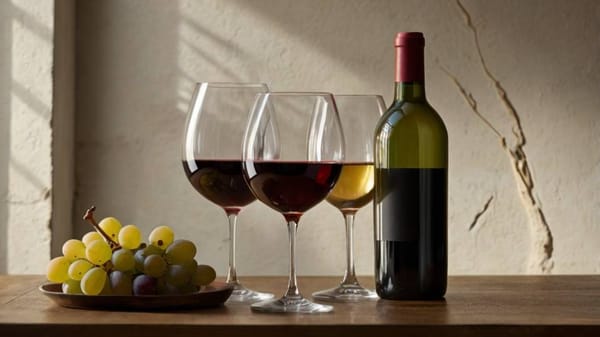Why the Church Preserved Wine Knowledge
Discover how the Church safeguarded wine wisdom through chaos. Learn to taste deeper by understanding the roots of structure, aging, and terroir.
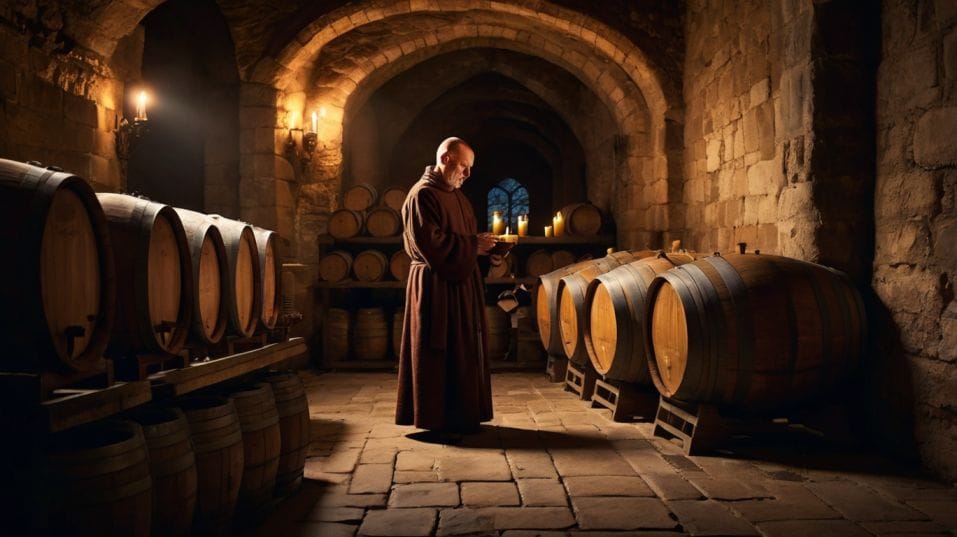
Why does wine carry centuries of meaning while other trends fade? It’s not just luck—it’s legacy. When Europe teetered into chaos, monks turned their cellars into sanctuaries of knowledge, preserving viticulture through discipline and devotion.
If you’re early in your wine journey, understanding this history sharpens more than your trivia—it changes how you taste. Because great wine isn’t just made. It’s remembered, recorded, and passed on, one thoughtful sip at a time.
Sacred Ritual, Practical Mastery
From the earliest days of Christianity, wine wasn’t optional—it was essential. The Eucharist demanded it.
That meant every monastery needed vines, wine, and the skills to make it. In regions like Burgundy, Champagne, the Rhine, and Tuscany, monks became stewards of both spiritual and agricultural tradition.
But they didn’t just grow grapes to check a box. They observed. They adapted. They developed viticulture into a high art—not for fame or commercial gain, but out of a commitment to purpose and permanence.
That’s a powerful lesson for anyone trying to understand what makes great wine: care over speed, depth over style.
This wasn’t trial-and-error winemaking. It was recordkeeping, site-mapping, and disciplined practice over centuries.
When you taste a wine that reflects its terroir—the soil, slope, sun, and soul of its place—you’re sipping from a blueprint drawn by monks.
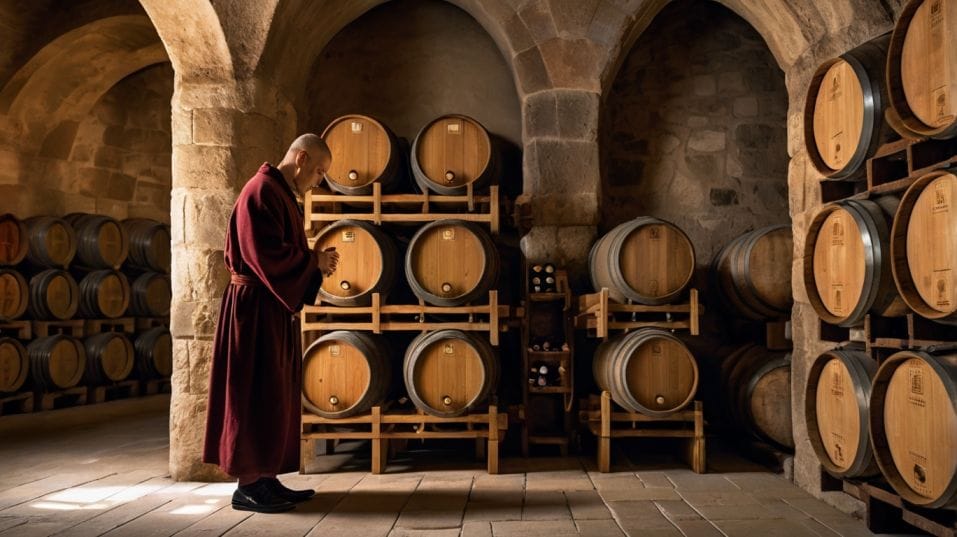
Lessons from the Vineyard: Attention Over Ambition
Cistercian and Benedictine monks shaped Europe’s most iconic wine regions by watching and waiting. They tracked when frost hit certain hillsides.
They noted which plots held more moisture or sun. They tasted the same wines year after year, adjusting pruning, harvesting, and fermentation based on what they learned.
You can apply the same mindset to tasting. Instead of chasing flavor descriptions, focus on structure—how the wine moves and settles on your palate.
Ask how it balances acid, tannin, alcohol, and texture. Does it feel lean or full? Sharp or smooth? Where does it hold your attention?
The monks didn’t drink to impress anyone. They drank to understand. If you take that approach, wine opens up in new ways.
The Cellar as a Classroom
Monasteries weren’t just places of prayer—they were early research labs. Their cellars were libraries of taste. Wines weren’t rushed out after a few months.
They were aged intentionally, studied across time, and blended with purpose. This idea—that wine reveals more as it matures—is still one of the most misunderstood parts of wine culture today.
You don’t need a stone cellar or a decades-old Bordeaux to benefit from it. Start by tasting young and aged versions of the same varietal.
Try a fresh Beaujolais next to a more structured Cru Beaujolais. Or a current-release Chianti Classico against a bottle with a few years of age.
Notice how flavors evolve—not just in terms of “fruit fading” or “oak smoothing”—but how the wine deepens, quiets, and integrates. Aging, like silence in a cloister, isn’t empty. It’s where meaning accumulates.
Understanding Systems, Not Just Labels
The Church didn’t protect wine knowledge to make it exclusive. They preserved it to make it durable. That mindset still helps you cut through the noise today.
The wine world is flooded with hype—buzzy grapes, novelty blends, aesthetic packaging. But none of that helps you taste better or choose smarter.
Systems do.
When you study how the monks organized vineyards in Burgundy into climats, you see how microclimate, elevation, and exposure shape flavor.
When you learn how the Church standardized winemaking in parts of Germany and Alsace, you start to recognize that clarity and balance weren’t preferences—they were intentional outcomes.
Today, when you drink a bottle from the Mosel, Rioja, or Côte d’Or, you’re not just tasting wine—you’re interacting with centuries of refinement.
Knowing the systems behind those bottles gives you the power to predict what you’ll like and why. That’s a confidence that transcends trends.
Tradition Isn't Stagnation—It’s Depth
There’s a reason winemakers still look to monks for inspiration. They didn’t chase what was fashionable. They valued consistency, precision, and place.
They didn’t just make wine—they cultivated meaning. And that’s the difference between wine as a product and wine as a practice.
As a wine drinker, you don’t need to memorize varietals or perfect your swirl to access this. You just need to pay attention over time.
Taste intentionally. Learn your own palate. Notice which regions consistently deliver what you enjoy—and why.
Wine is full of variation, but the ability to recognize what you’re tasting, how it was made, and where it came from? That doesn’t require advanced training. It requires reflection.
The Church gave wine durability by rooting it in discipline and purpose. You can do the same when you drink.
Final Thoughts
The reason wine still carries meaning is because someone took the time to preserve it—not just the liquid, but the knowledge behind it. Monks didn’t build reputations; they built systems.
They created the foundation for everything from terroir to cellar aging to food pairing. And they did it with a quiet clarity that still works.
So taste with that same intent. Pick one wine this week and spend more time with it. Rethink how it feels, not just how it smells. Compare it with something older, or something from a different slope or soil. Add that practice to your ritual.
Because drinking better wine isn’t about finding better bottles—it’s about becoming a better taster. And now you’re on your way.
